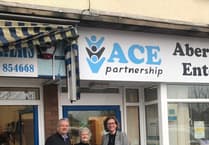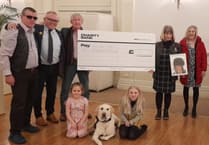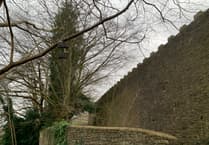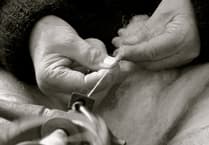WE had visitors from Australia staying with us last week.
Many years ago we lived in Papua New Guinea, a ten-year exile in a former Australian colony, where the expatriate community, mainly Australian but with some Europeans, carried out technical work and mentored local people to take over at the end of their contracts.
Friendships made in this remote and unfamiliar environment last a life time, even when the expatriates have gone back home and they are 12,000 miles apart.
Our intercontinental travelling days are now probably over, but we always stay in touch with old friends, and are delighted to return hospitality when they pitch up in England.
We enjoyed some light hearted banter about the Ashes Test series, all of us being great cricket fans.
When were last in Australia, England were not very good.
We were at Melbourne Cricket Ground in the biggest crowd ever at a cricket match, 92,000.
We saw a disastrous performance by England, and England managing to draw the series at home this time seemed a sort of victory.
This year we only had a couple of days to show our friends the must-see sites in our area, so our plans as hosts and tourist guides had to be precise.
The highlight was the visit to the magnificent Gloucester Cathedral, that majestic ancient building that never loses its power to inspire, and which surely should be considered as a World Heritage site.
Dinner was at the White Hart, Broadoak, at a table overlooking the River Severn.
The next day was crammed with visits to well-known features of our area of England (and Wales).
We looked down on the winding River Severn from the top of the Newnham-Littledean road, and took morning tea at the Speech House.
We visited and explored St Briavels Castle where my wife once worked, and then drove down to the winding River Wye.
We stopped at the Tintern Station local history exhibition, and then down to Tintern Abbey, which remains a wonderful structure in spite of Henry VIII’s vandalism 500 years ago, before travelling down the valley to Chepstow Castle.
We started to realise the grandeur and mystery of our local buildings that we perhaps take for granted until we view them through the eyes of friends from a country that has no mediaeval architecture.
It makes us understand the wealth of history, landscape and architecture in our area.
Our friends are now cycling down the Danube from Germany to Hungary, with, we hope, fond memories of the Forest.




